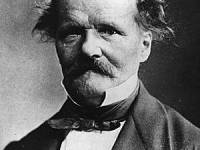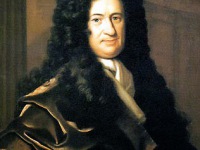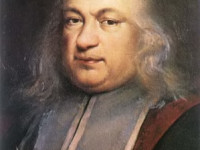Ernst Kummer and the Introduction of Ideal Numbers
On January 29, 1810, German mathematician Ernst Eduard Kummer was born. One of his major contributions is the introduction of ideal numbers, which are defined as a special subgroup of a ring. He extended the fundamental theorem of arithmetic to complex number fields.He also discovered the fourth order surface based on the singular surface of the quadratic line complex. This Kummer surface has 16 isolated conical double points and 16 singular tangent…
Read more




